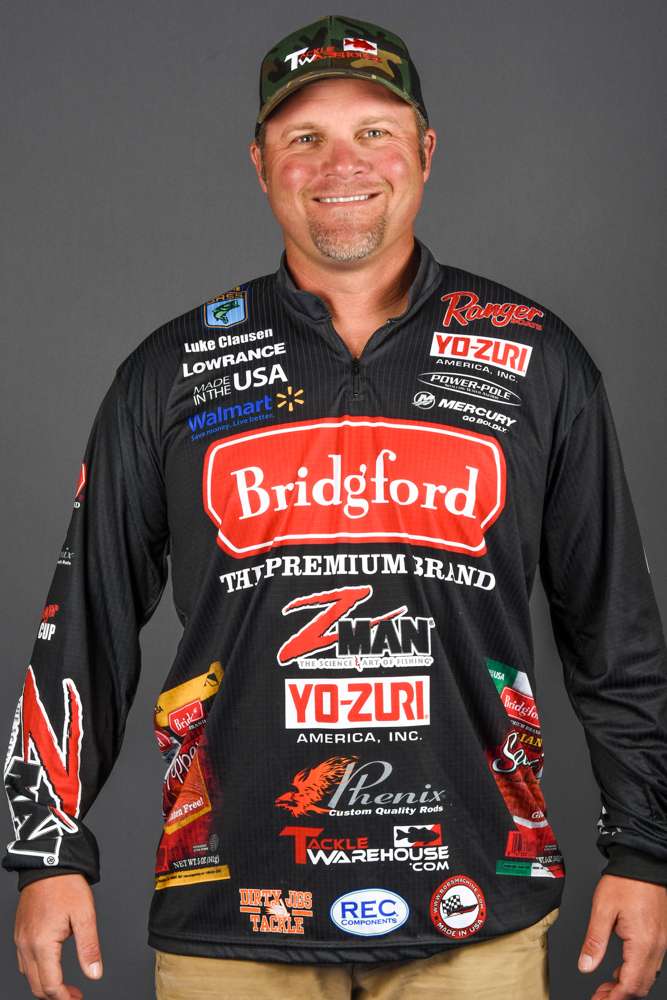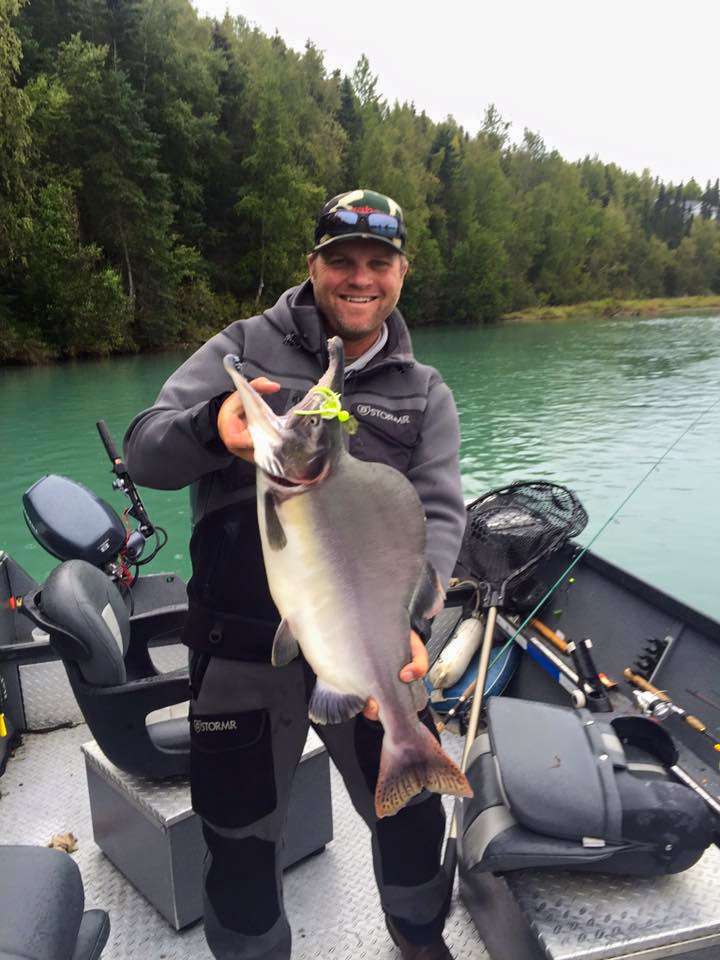
Some of you Bassmaster.com readers may have noticed a fish photo that I recently posted on my social media. It’s definitely not a bass, but it’s a pretty noticeable fish: big, kinda ugly, hooked-nosed critter with a ginormous hump on its back.
That fish was a pink salmon – they’re nicknamed “humpies” because of the hump they develop on their back as they mature – one of the five species of Pacific salmon that swim in the part of the world I call home: the Pacific Northwest. I caught that fish – along with two of the other salmon species, coho and Chinook – on a trip my wife and I recently took to the Kenai Peninsula in Alaska.
I don’t think I’m exaggerating when I say that being from Spokane, Washington, I’ve grown up and lived most of my life in the most diverse fishing region in the country. And I’ve fished for virtually everything that swims there: walleye, all five species of salmon, steelhead, several species of trout, halibut, albacore tuna, catfish, white sturgeon, northern pike, kokanee, perch …the list just goes on and on.
And I genuinely think that every one of them – and the diverse kinds of waters they live in – have helped me become a better tournament bass fisherman.
First, let’s talk about the bass fisheries in Washington, Oregon and Idaho. The smallmouth fisheries of the Columbia River, Lake Washington and the Snake River are easily as good as places like Lake St. Clair and the St. Lawrence River. We have good largemouth fisheries, too (we just don’t have giant 10-plus-pound Florida-strain fish). The thing about all of these Pacific Northwest fisheries, though, is that they’re all so different.
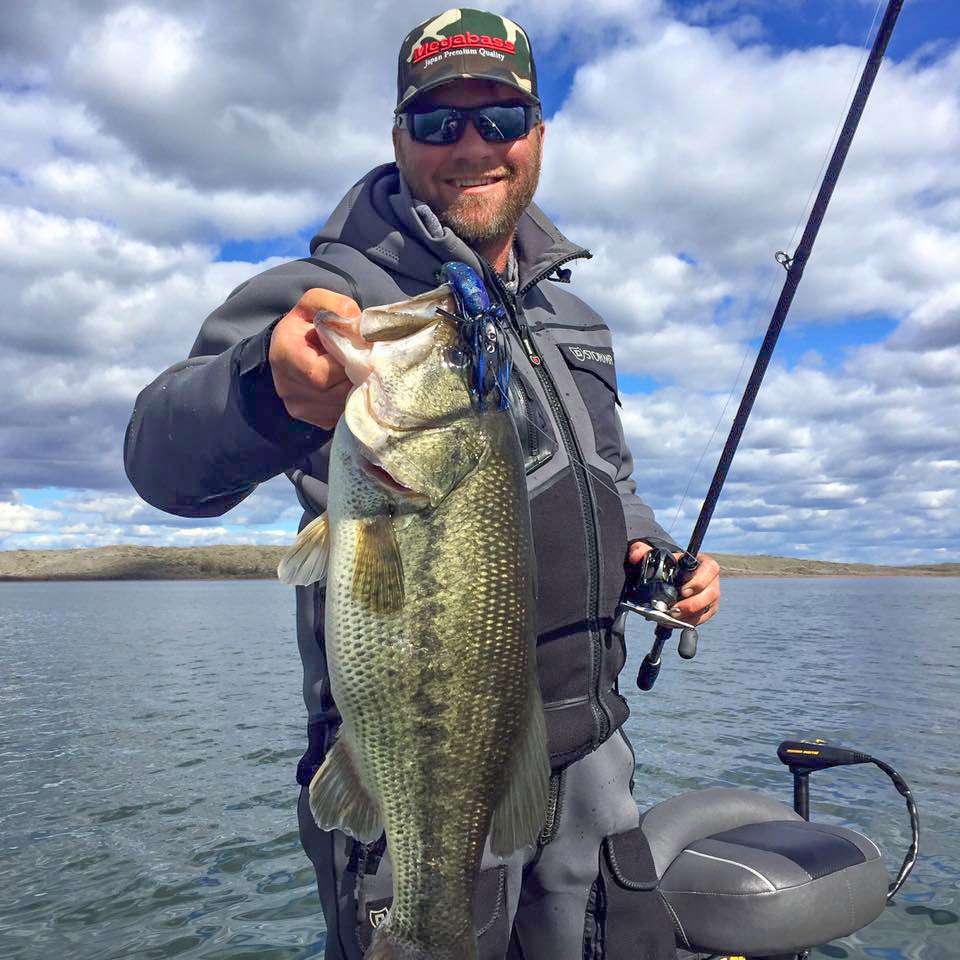
Potholes Reservoir in central Washington has flooded brush. The Columbia River has heavy current. Lake Couer d’Alene in southern Idaho is filled with natural grass. Lake Chelan in central Washington has water so clear, you can see smallmouth beds on the bottom in 25 feet of water. Consequently, when I was fishing regional tournaments in high school and college, I had to learn how to fish everything.
Because of that, I don’t have a lot of fear of going to new water. I don’t feel like I’m at a huge disadvantage when we fish the Mississippi River in Wisconsin in September, even though it’s almost completely foreign to me. I feel I’m pretty good at seeing things with an open eye.
Learning bass tricks from … salmon?
Even though a Columbia River salmon and a Snake River walleye are worlds apart from a Great Lakes smallmouth, you have to remember that they’re all predatory fish that are trying to accomplish the same thing: feed, spawn and reproduce.
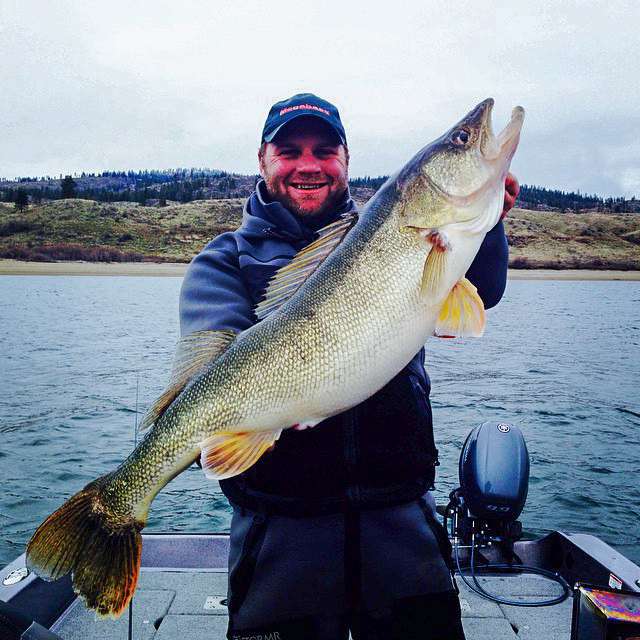
So when I was a kid fishing for walleye in the winter on Lake Roosevelt, or for Chinook salmon swimming up the Columbia River, I started to grasp a better understanding of how fish (including bass!) use the current to feed.
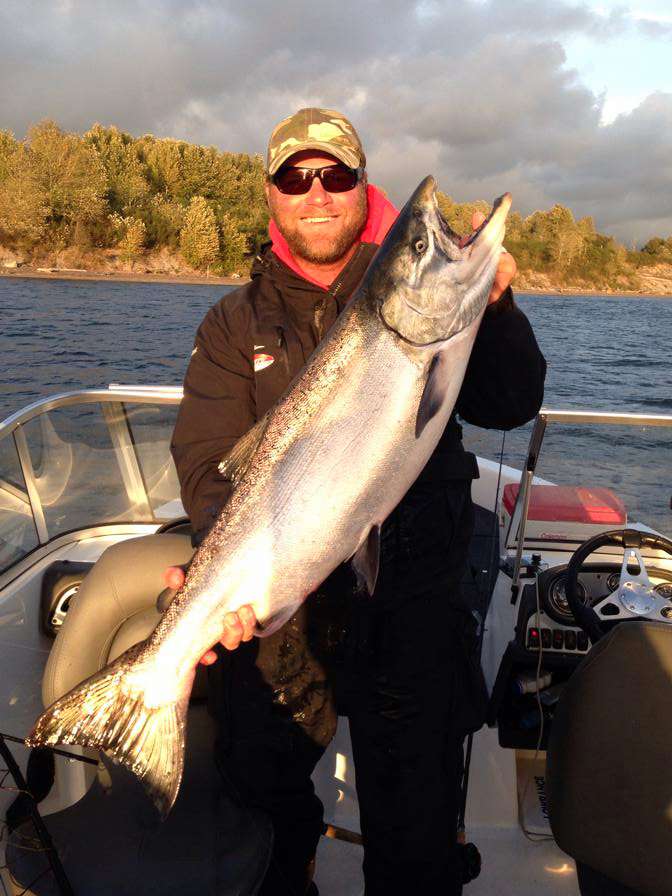
Here’s a comparison that might blow your mind: albacore tuna and spotted bass.
I learned from fishing albacore off the Oregon coast how fish sometimes relate to bait, and can tell you that the way albacore position themselves around a ball of anchovies – a few feet deeper and off to one side of the bait school or the other – isn’t that much different than what spotted bass in Lake Lanier do. Albacore do it on a much bigger scale than spots, of course, but I fish for spots on Lanier a lot like I fish for albacore, always trying to work the edges of the bait.
Thanks to all of those different species of fish in all of those diverse lakes and rivers back home, I learned what made virtually all fish react, and how different conditions can cause fish to behave certain ways. Admittedly, I think a lot of this stuff – learning how to adjust to conditions – is just Fishing 101, but where a lot of people can get frustrated trying to change their presentations and can get locked into one set of conditions, I learned from chasing salmon, steelhead, walleye and such that the more diverse you are in your thinking, the better your chances of making the right adjustment.

